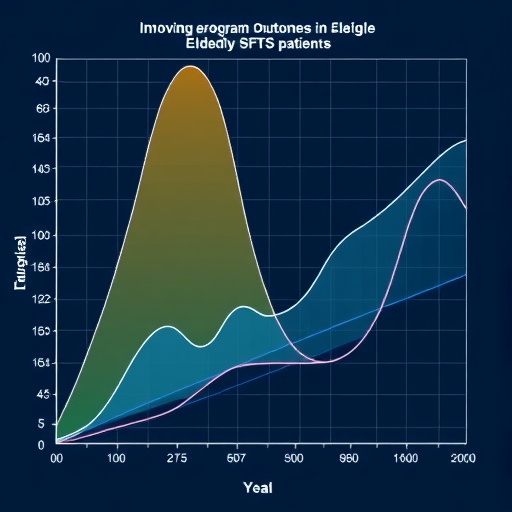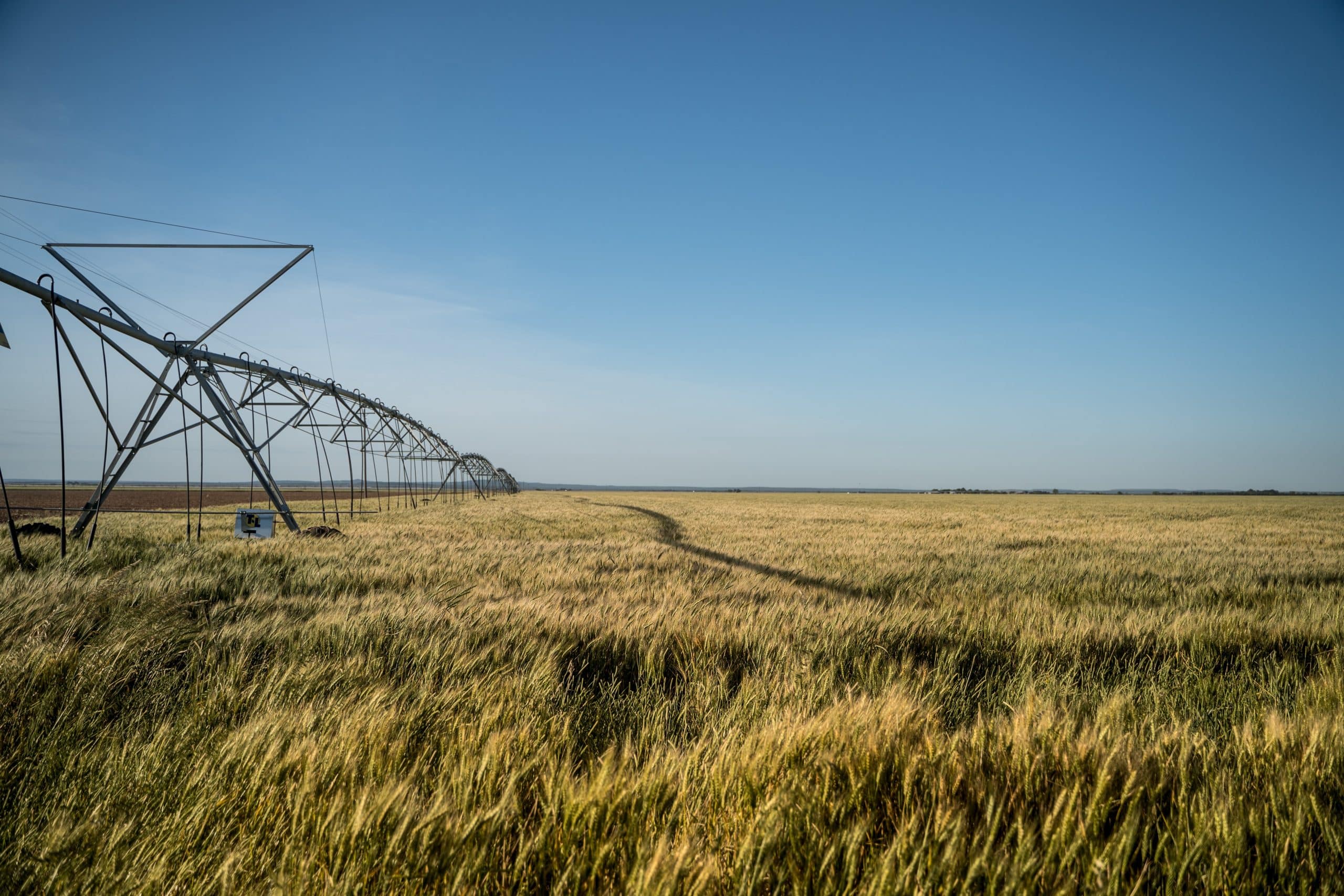Franklin Forest: Top 7 Agroforestry Tips In Tennessee – Farmonaut

Report on Sustainable Agroforestry Practices in Franklin Forest, Tennessee
Introduction to Agroforestry and Sustainable Development Goals (SDGs)
Agroforestry integrates trees and shrubs with agriculture to restore landscapes, enhance biodiversity, increase farm income, and promote sustainable forestry. In Tennessee, particularly within Franklin State Forest, agroforestry exemplifies sustainable land management that aligns with multiple United Nations Sustainable Development Goals (SDGs), including:
- SDG 2: Zero Hunger – through diversified and sustainable food production systems.
- SDG 13: Climate Action – via carbon sequestration and climate-smart agriculture.
- SDG 15: Life on Land – by conserving terrestrial ecosystems and biodiversity.
- SDG 8: Decent Work and Economic Growth – through increased farm income and sustainable livelihoods.
Franklin State Forest: A Model for Sustainable Agroforestry
Located on the Cumberland Plateau across Franklin and Marion Counties, Franklin State Forest spans 8,836 acres and has evolved since 1936 into a thriving mixed-hardwood ecosystem. Managed by the Tennessee Department of Agriculture’s Division of Forestry, the forest prioritizes timber stand improvement, wildlife habitat enhancement, and ecosystem diversity, directly supporting SDG 15 and SDG 13.
- Forest Composition: Approximately 90% hardwood trees and 10% pine.
- Recreational and Conservation Use: Supports hunting, hiking, and wildlife conservation.
- Management Focus: Sustainable balance between agriculture and forestry to maintain ecosystem health.
Agroforestry Systems in Tennessee and Their SDG Contributions
Modern agroforestry systems in Tennessee foster diversified income, habitat provision, and ecosystem health, contributing to sustainable development:
- Silvopasture Techniques: Integration of trees with livestock grazing enhances animal welfare, soil health, and timber production, supporting SDG 2, SDG 13, and SDG 15.
- Alley Cropping: Planting crops between rows of trees diversifies income and improves soil, advancing SDG 2 and SDG 15.
- Forest Farming: Cultivation of medicinal herbs, mushrooms, and edible plants under forest canopy promotes biodiversity and niche markets, aligning with SDG 3 (Good Health) and SDG 15.
- Windbreaks: Tree and shrub rows protect crops and livestock, reduce soil erosion, and enhance microclimates, supporting SDG 13 and SDG 15.
- Riparian Buffers: Vegetation along waterways reduces runoff and protects water quality, contributing to SDG 6 (Clean Water) and SDG 15.
Top 7 Agroforestry Tips for Franklin Forest with Emphasis on SDGs
1. Adopt Silvopasture Techniques for Enhanced Resilience
- Benefits: Improves animal welfare, increases forage and timber yields, and enhances biodiversity.
- SDG Impact: Supports SDG 2 (Zero Hunger), SDG 13 (Climate Action), and SDG 15 (Life on Land).
- Implementation: Use fast-growing native tree species such as black walnut or oaks for shade and shelter.
2. Establish Alley Cropping for Crop and Tree Synergy
- Benefits: Diversifies farm income, reduces erosion, and improves soil health.
- SDG Impact: Advances SDG 2 and SDG 15 by promoting sustainable agriculture and ecosystem conservation.
- Implementation: Plant row crops or medicinal herbs between hardwood tree rows and monitor environmental impact with carbon footprint tools.
3. Integrate Windbreaks and Shelterbelts for Protection
- Benefits: Reduces wind erosion, moderates microclimates, and provides wildlife corridors.
- SDG Impact: Supports SDG 13 and SDG 15 by enhancing ecosystem resilience and biodiversity.
- Implementation: Plant multiple rows of mixed-height native trees and shrubs for optimal protection.
4. Practice Forest Farming to Harness Non-Timber Forest Products
- Benefits: Generates high-value income from medicinal herbs and wild edibles while enhancing biodiversity.
- SDG Impact: Contributes to SDG 3 (Good Health), SDG 8 (Decent Work), and SDG 15.
- Implementation: Use managed forestry practices and traceability technology to ensure sustainable supply chains.
5. Prioritize Wildlife Habitat Management and Conservation
- Benefits: Enhances native fauna populations, supports pollinators, and enriches ecological networks.
- SDG Impact: Directly supports SDG 15 and SDG 13 by maintaining biodiversity and ecosystem services.
- Implementation: Maintain vegetation mosaics, plant native shrubs, and control invasive species.
6. Incorporate Riparian Buffers and Filter Strips
- Benefits: Protects water quality, reduces flood risk, and restores aquatic habitats.
- SDG Impact: Supports SDG 6 (Clean Water) and SDG 15.
- Implementation: Use multispecies plantings along waterways for maximum ecosystem benefit.
7. Execute Timber Stand Improvement and Biodiversity Planting
- Benefits: Enhances timber quality, promotes regeneration, and increases biodiversity.
- SDG Impact: Supports SDG 8 (Economic Growth) and SDG 15.
- Implementation: Thin overstocked stands and replant with diverse native species.
Comparison of Agroforestry Practice Benefits in Tennessee
| Agroforestry Practice | Increase in Biodiversity (%) | Potential Annual Income Boost (USD) | Ecosystem Health Benefit (1–5) | Relevant SDGs |
|---|---|---|---|---|
| Silvopasture Techniques | +28% | $3,200 | 5 | 2, 13, 15 |
| Alley Cropping | +23% | $2,500 | 4 | 2, 15 |
| Windbreaks | +18% | $1,200 | 4 | 13, 15 |
| Forest Farming (Medicinal/Wild Edibles) | +24% | $2,900 | 5 | 3, 8, 15 |
| Riparian Buffers | +20% | $1,000 | 5 | 6, 15 |
| Timber Stand Improvement | +15% | $2,200 | 4 | 8, 15 |
| Biodiversity Enhancement Plantings | +30% | $1,800 | 5 | 15 |
Technology Integration for Sustainable Agroforestry Management
Farmonaut provides precision agriculture tools that support sustainable forest and farm management aligned with SDGs. Key features include:
- Satellite Crop Health Monitoring: Real-time assessment of tree planting and forest health (SDG 15, SDG 13).
- AI Advisory Services: Customized insights for crop and forest management (SDG 2, SDG 15).
- Blockchain Traceability: Ensures sustainable sourcing of non-timber forest products (SDG 12: Responsible Consumption).
- Resource and Fleet Management: Optimizes livestock and equipment use (SDG 8).
- Carbon Footprint Tracking: Measures and reduces greenhouse gas emissions (SDG 13).
Conclusion: Advancing Sustainable Development through Agroforestry in Franklin Forest
The agroforestry initiatives in Franklin Forest demonstrate a holistic approach to sustainable land management that supports multiple SDGs. By adopting the top seven agroforestry tips, landowners and managers can enhance biodiversity, improve ecosystem health, increase diversified incomes, and contribute to climate action. These practices ensure the long-term resilience and productivity of Tennessee’s forest landscapes, fostering environmental stewardship and economic sustainability for future generations.
1. Sustainable Development Goals (SDGs) Addressed in the Article
- SDG 1: No Poverty
- The article highlights increasing diversified farm income through agroforestry systems, supporting economic resilience for landowners and farmers.
- SDG 2: Zero Hunger
- Agroforestry practices such as alley cropping and forest farming increase food production diversity and sustainability.
- SDG 12: Responsible Consumption and Production
- Emphasis on sustainable forest ecosystem management, timber stand improvement, and non-timber forest products promotes sustainable resource use.
- SDG 13: Climate Action
- Carbon footprint tracking and climate-smart agroforestry practices contribute to climate change mitigation.
- SDG 15: Life on Land
- Focus on biodiversity enhancement, wildlife habitat management, forest restoration, and ecosystem health.
- SDG 8: Decent Work and Economic Growth
- Creation of economic opportunities through diversified farm income and sustainable agroforestry systems.
2. Specific Targets Under the Identified SDGs
- SDG 1: No Poverty
- Target 1.2: Reduce poverty by supporting sustainable livelihoods through diversified farm income.
- SDG 2: Zero Hunger
- Target 2.4: Ensure sustainable food production systems and implement resilient agricultural practices such as agroforestry.
- SDG 8: Decent Work and Economic Growth
- Target 8.3: Promote development-oriented policies that support productive activities and decent job creation in agriculture and forestry.
- SDG 12: Responsible Consumption and Production
- Target 12.2: Achieve sustainable management and efficient use of natural resources, including forests.
- Target 12.6: Encourage companies and farmers to adopt sustainable practices and sustainability reporting.
- SDG 13: Climate Action
- Target 13.2: Integrate climate change measures into policies and strategies, including carbon footprint tracking in agroforestry.
- SDG 15: Life on Land
- Target 15.1: Ensure conservation, restoration, and sustainable use of terrestrial ecosystems and forests.
- Target 15.5: Take urgent action to reduce degradation of natural habitats and halt biodiversity loss.
3. Indicators Mentioned or Implied in the Article to Measure Progress
- Biodiversity Increase Percentage
- Measured as percentage increase in farm biodiversity (e.g., up to 30% increase through agroforestry practices).
- Farm Income Boost
- Estimated annual income increase in USD from agroforestry systems (e.g., 20% boost in farm income).
- Ecosystem Health Score
- Qualitative scoring (1–5) of ecosystem health benefits from different agroforestry practices.
- Forest Area Under Sustainable Management
- Acres of forest under restoration and sustainable management (e.g., 8,836 acres in Franklin State Forest).
- Carbon Footprint Reduction
- Tracking and reduction of greenhouse gas emissions from agroforestry practices via carbon footprint monitoring tools.
- Wildlife Habitat Quality and Diversity
- Indicators related to habitat management such as presence of native species, structural diversity, and invasive species control.
- Timber Stand Improvement Metrics
- Measures of tree stand health, species diversity, and regeneration rates.
4. Table of SDGs, Targets, and Indicators
| SDGs | Targets | Indicators |
|---|---|---|
| SDG 1: No Poverty | Target 1.2: Reduce poverty through sustainable livelihoods and diversified income. | Increase in diversified farm income (e.g., 20% income boost from agroforestry). |
| SDG 2: Zero Hunger | Target 2.4: Sustainable food production and resilient agricultural practices. | Percentage increase in biodiversity and crop diversity via agroforestry systems. |
| SDG 8: Decent Work and Economic Growth | Target 8.3: Promote productive activities and decent jobs in agriculture and forestry. | Farm income growth and creation of new income streams from non-timber forest products. |
| SDG 12: Responsible Consumption and Production |
Target 12.2: Sustainable management and efficient use of natural resources. Target 12.6: Adoption of sustainable practices and reporting. |
Area of forest under sustainable management (e.g., 8,836 acres Franklin Forest). Use of traceability and blockchain for sustainable supply chains. |
| SDG 13: Climate Action | Target 13.2: Integrate climate change measures into policies and strategies. | Carbon footprint tracking and reduction from agroforestry practices. |
| SDG 15: Life on Land |
Target 15.1: Conservation and sustainable use of terrestrial ecosystems. Target 15.5: Reduce habitat degradation and biodiversity loss. |
Biodiversity increase percentage (e.g., up to +30%). Wildlife habitat quality indicators. Timber stand improvement metrics. |
Source: farmonaut.com

What is Your Reaction?
 Like
0
Like
0
 Dislike
0
Dislike
0
 Love
0
Love
0
 Funny
0
Funny
0
 Angry
0
Angry
0
 Sad
0
Sad
0
 Wow
0
Wow
0















































































